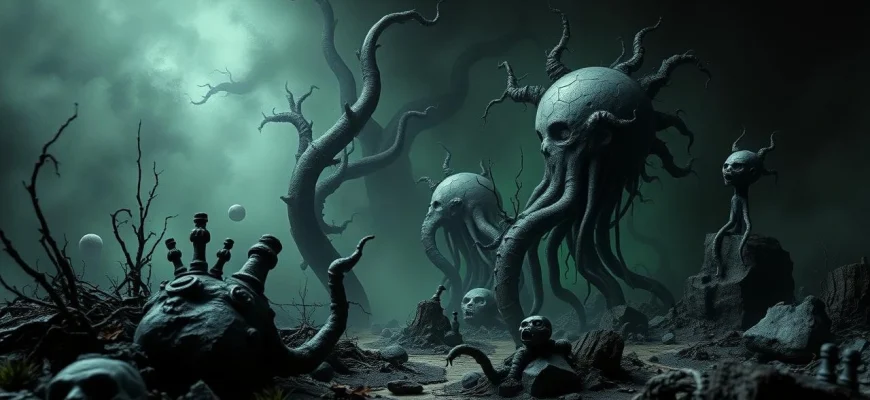If you were captivated by the surreal, nightmarish visuals and dark storytelling of 'Mad God (2022),' you're likely craving more films and shows that push the boundaries of imagination and horror. This article explores 10 similar movies and series that share the same eerie atmosphere, stunning stop-motion animation, or dystopian themes. Whether you're a fan of experimental filmmaking or just love a good descent into madness, this list has something to unsettle and enthrall you.

Fantastic Planet (1973)
Description: 'Fantastic Planet' and 'Mad God' both present surreal, dystopian worlds that are as beautiful as they are horrifying. The films explore themes of oppression, survival, and the absurdity of existence through their unique visual styles. 'Fantastic Planet's hand-drawn animation and 'Mad God's stop-motion both create a dreamlike, often unsettling atmosphere that lingers with the viewer long after the film ends.
Fact: The film won the Special Jury Prize at the 1973 Cannes Film Festival. It is based on the novel 'Oms en série' by Stefan Wul. The animation style was inspired by the psychedelic art movement of the 1960s and 70s.
 Watch Now
Watch Now 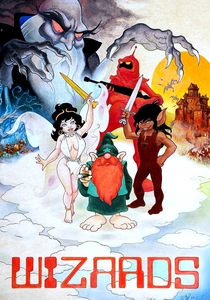
Wizards (1977)
Description: Ralph Bakshi's 'Wizards' shares with 'Mad God' a dark, post-apocalyptic fantasy setting and a willingness to explore mature themes through animation. Both films blend elements of science fiction and fantasy to create worlds that are both fantastical and grim. The visual style of 'Wizards', with its mix of traditional animation and rotoscoping, echoes the handmade, tactile quality of 'Mad God's stop-motion.
Fact: The film was a passion project for Ralph Bakshi, who wanted to create a fantasy film for adults. It was one of the first animated films to receive a PG rating. The movie's production was notoriously troubled, with budget constraints and creative differences.
 Watch Now
Watch Now 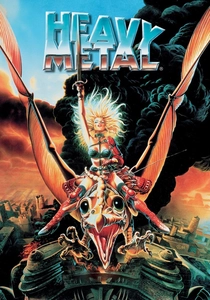
Heavy Metal (1981)
Description: 'Heavy Metal' shares with 'Mad God' a penchant for dark, fantastical storytelling and a visually rich, often grotesque aesthetic. Both films are anthologies of sorts, composed of loosely connected segments that explore different facets of a central, often nihilistic theme. The animation in 'Heavy Metal' is lush and detailed, much like the painstakingly crafted stop-motion of 'Mad God', and both films revel in their R-rated content, pushing the boundaries of what animation can depict.
Fact: The film is based on the adult-oriented fantasy magazine 'Heavy Metal'. It features a soundtrack filled with rock and metal music from bands like Black Sabbath and Blue Öyster Cult. The movie was a cult hit and influenced many later works in animation and science fiction.
 Watch Now
Watch Now 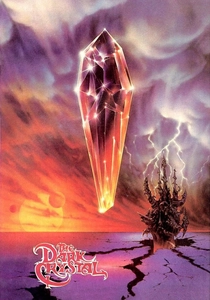
The Dark Crystal (1982)
Description: 'The Dark Crystal' and 'Mad God' are both dark fantasy films that utilize intricate, hand-crafted puppetry and sets to create their worlds. Both films explore themes of decay, rebirth, and the struggle between light and dark. The meticulous attention to detail in 'The Dark Crystal's production design is mirrored in 'Mad God's stop-motion animation, making both films visually rich and immersive experiences.
Fact: The film was directed by Jim Henson and Frank Oz, known for their work on 'The Muppets'. It was one of the first films to feature entirely puppet-based characters. The movie has inspired numerous spin-offs, including a Netflix prequel series.
 Watch Now
Watch Now 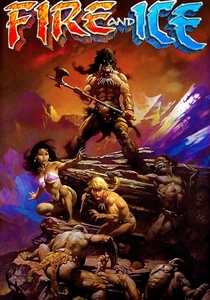
Fire and Ice (1983)
Description: 'Fire and Ice', like 'Mad God', is a visually stunning film that prioritizes atmosphere and style over conventional storytelling. Both films feature minimal dialogue and rely heavily on their visuals to convey their narratives. The collaboration between Ralph Bakshi and Frank Frazetta on 'Fire and Ice' resulted in a unique, painterly aesthetic that is as immersive and detailed as the world of 'Mad God'.
Fact: The film was a collaboration between animator Ralph Bakshi and fantasy artist Frank Frazetta. It used a technique called 'rotoscoping' to animate its characters. Despite its initial box office failure, it has since gained a cult following.
 Watch Now
Watch Now 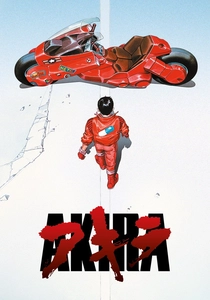
Akira (1988)
Description: 'Akira' and 'Mad God' both delve into themes of transformation, power, and the collapse of society. Both films are visually groundbreaking, with 'Akira's detailed, fluid animation contrasting with 'Mad God's stop-motion, but both create a sense of unease and grandeur. The dystopian settings of both films are richly realized, offering viewers a deep, often disturbing immersion into their worlds.
Fact: The film is based on Katsuhiro Otomo's manga of the same name. It was one of the most expensive animated films ever made at the time of its release. 'Akira' is credited with popularizing anime outside of Japan.
 Watch Now
Watch Now 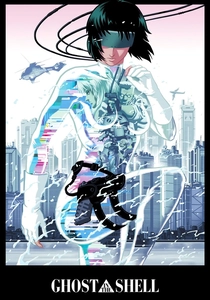
Ghost in the Shell (1995)
Description: 'Ghost in the Shell' and 'Mad God' share a philosophical depth, exploring questions of identity, existence, and the nature of reality. Both films are visually stunning, with 'Ghost in the Shell's cyberpunk aesthetic providing a stark contrast to 'Mad God's grotesque, surreal landscapes. The atmospheric, often contemplative pacing of both films allows their themes to resonate deeply with the viewer.
Fact: The film has been highly influential in the cyberpunk genre. It inspired numerous works, including 'The Matrix'. The movie's animation was groundbreaking for its use of computer-generated imagery blended with traditional animation.
 Watch Now
Watch Now 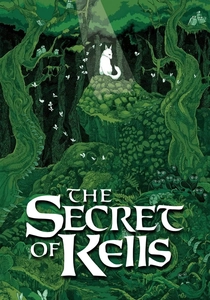
The Secret of Kells (2009)
Description: While 'The Secret of Kells' is more whimsical and less dark than 'Mad God', both films share a hand-crafted, artisanal approach to animation that makes their worlds feel uniquely alive. The intricate, almost hypnotic patterns in 'The Secret of Kells' mirror the detailed, painstaking work in 'Mad God's stop-motion. Both films are visual feasts that prioritize the artistry of animation over conventional storytelling.
Fact: The film was nominated for an Academy Award for Best Animated Feature. It is inspired by Irish mythology and the Book of Kells. The animation style draws heavily from medieval illuminated manuscripts.
 Watch Now
Watch Now 
Paprika (2006)
Description: 'Paprika' and 'Mad God' both explore the blurring lines between dreams and reality, using their respective animation styles to create surreal, often disorienting visuals. Both films are deeply psychological, delving into the subconscious and the chaos that lies within. The vibrant, fluid animation of 'Paprika' contrasts with 'Mad God's grim, stop-motion aesthetic, but both films share a commitment to pushing the boundaries of animated storytelling.
Fact: The film is based on a novel by Yasutaka Tsutsui. It was directed by Satoshi Kon, known for his psychologically complex narratives. 'Paprika' is often cited as an influence on Christopher Nolan's 'Inception'.
 Watch Now
Watch Now 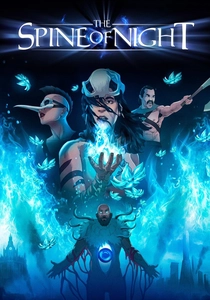
The Spine of Night (2021)
Description: Like 'Mad God', 'The Spine of Night' is a dark, surreal, and visually striking animated film that delves into themes of power, corruption, and existential dread. Both films employ a unique, hand-crafted animation style that enhances their otherworldly and nightmarish atmospheres. The narrative structure of 'The Spine of Night' is also non-linear and fragmented, much like 'Mad God', allowing for a more immersive and unsettling experience.
Fact: The film uses rotoscoping, a technique where animators trace over live-action footage, to create its distinctive look. It features voice performances from notable actors like Richard E. Grant and Lucy Lawless. The movie is heavily inspired by classic fantasy and sword-and-sorcery tales, but with a modern, gritty twist.
 Watch Now
Watch Now 
